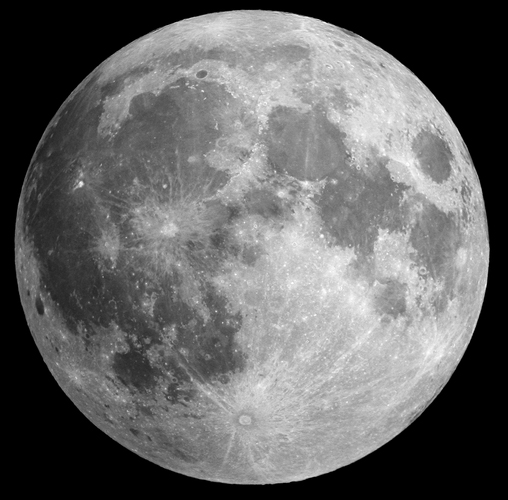
The NASA-led Gateway deep-space station is still years away from the launch of its first component, but NASA and ESA’s Operations Centre (ESOC) are zeroing in on the orbit it will travel in cis-lunar space. Called a Near-Rectilinear Halo Orbit (NRHO), it promises both cheaper missions to the Moon and beyond, as well as regular timetables for visiting astronauts.
There are many things about the controversial Gateway station, officially known as the Lunar Orbital Platform – Gateway (LOP-G), that have still to be nailed down, but one of the most important is the orbit it’s going to sit in when the first component is launched in 2022, because this will affect many parts of the mission and the station’s design.
Ideally, the orbit should be a stable one, but it also has to be one that allows for both easy access to the lunar surface and regular ferrying of crews to and from Earth. The good news is that with the gravitational forces of the Earth, the Moon, and the Sun all in play, there are a lot of choices.
The bad news is that calculating these 3D orbits in what physicists call the three body problem of orbital mechanics is a real headache for even the most advanced computers.
The current orbit that’s been chosen by NASA, ESOC, and the other Gateway partners doesn’t orbit the Moon in a low circular orbit like the Apollo missions of half a century ago. It doesn’t exactly orbit the Moon at all. Instead, it orbits a region of space that is one of the libration or Lagrange points. It’s one of five spots where the gravitational pull of the Earth, Moon, and Sun balance out to act like a sort of cosmic sweet spot.
They’re used as disposal points for dead communications satellites, but thanks to the work of NASA scientist Robert W. Farquhar back in 1968, it’s also known that you can actually orbit one of these points as if it was a planet, even though there’s nothing there.
According the ESOC, what Gateway will do is orbit this point on a trajectory that will bring it to within 3,000 km (1,864 mi) of the Moon’s surface and out to a distance of 70,000 km (43,496 mi). Seen from the Earth, this path will look as if it’s tracing a lopsided halo over the Moon once every seven days.
Such an orbit would provide the outpost with a number of advantages. It would allow the crew to see both the Earth and the far side of the Moon at the same time. In addition, the solar-powered craft would encounter very few eclipses by the Earth or the Moon. However, the orbit isn’t entirely stable, so Gateway will require periodic course corrections to keep it from drifting off.
Despite this limitation, the mission planners are keen on such an orbit because it will make it easier to send up the component modules that will go to make up the completed station, as well as the Orion manned spacecraft. The goal is to use Gateway as a staging area from which manned and unmanned lunar landing missions can be prepared and then launched – similar to the way the Apollo missions left the Command Service Module in orbit while the Lunar Module made the actual landing. In addition, the halo orbit will open a launch window between the station and Earth every week.
